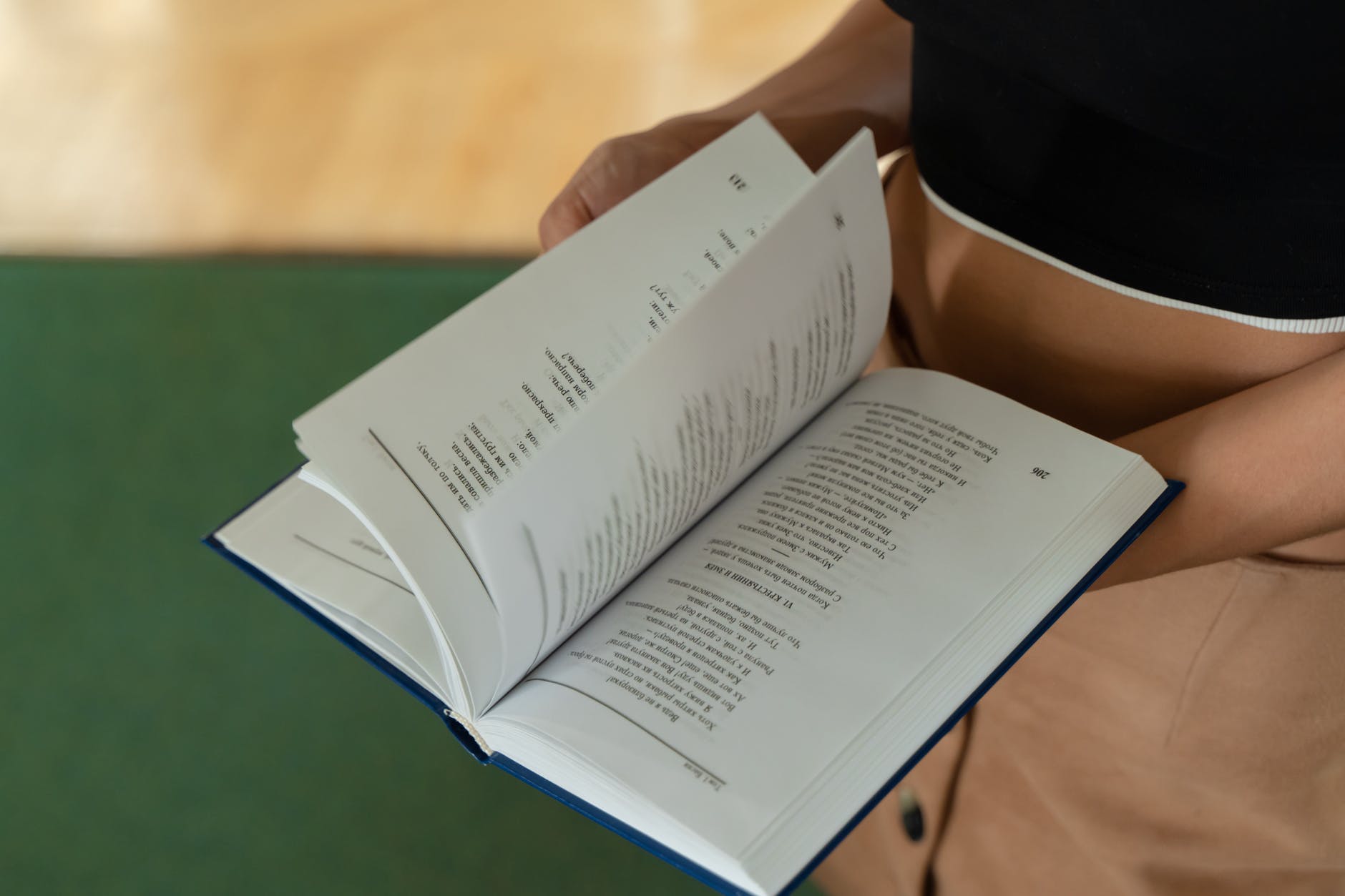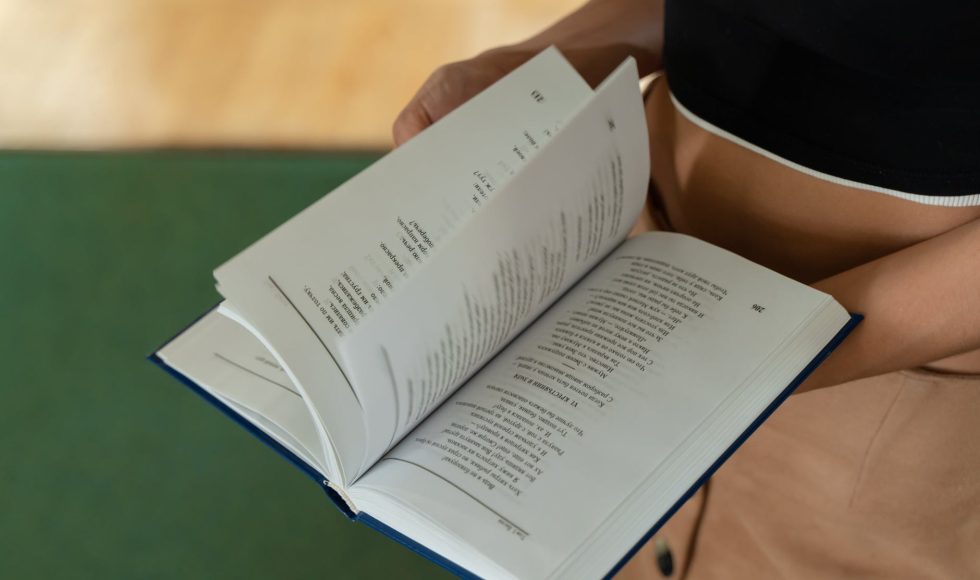The weekend was too short! We did several different things around the house and with the grandparents. Tonight, we watched a holiday movie, and I continued watching Open Ed 2021 sessions. The ten-minute session entitled “Financial and Academic Impact of Textbooks” with Helen Do from CoPIRG Students at CU Boulder. Helen Do explained what CoPIRG does to support students. The Textbooks Campaign focuses on reducing the burden of textbook costs in Colorado. Do reached out to CU Boulder students to ask about the financial barriers of textbook affordability. One student did the work for a six-week course in two to take advantage of the free trial and avoid paying $200 for the code. Another student had to forfeit fifteen percent of the grade because it would have cost an additional $300 in access codes. Do also explained that alternatives such as renting or finding used textbooks are time-consuming and that with access codes for required materials, there are few affordable options. Do mentioned that “beyond just saving students money, open textbooks can actually enrich a student’s education.” Do presented student quotes explaining how they found open sources materials or free-access resources that were often “more enjoyable.” The pandemic, Do explained, “propelled us to adopt changes” and consider new approaches. Do compelled us to consider “educators as leaders … and partners in this change.” The quotes and student perspectives were helpful in knowing or learning the variety of reasons why textbook costs can provide significant barriers to learners.
The second session we watched was entitled “Open Education Instructional Journal” by Lee Miller. This was a recorded session presented by Miller as a way of sharing their capstone for the SPARC Open Education Leadership Program. The structure of the journal that Miller created has several sections: foundational, understanding and applying, and innovation and connections. The categories are instructional goals, course design, open education, student outcomes, and value added. The foundational section reviews instructional goals, course design, OER basics, student experience, and defining foundational information. The next section Miller described in the journal was understanding and applying. It again has instructional goals, course design, open education, student outcomes, and value added components. The last section in the journal was innovation and creations. For this section, the instructional goals focus on “staying curious” and there may be elements of interdisciplinary perspectives. Miller explained how each section of the journal can help instructors and students learn openly. I am now curious about the journal and how the sections may be appropriate for some of the ideas and work we are pursuing.



